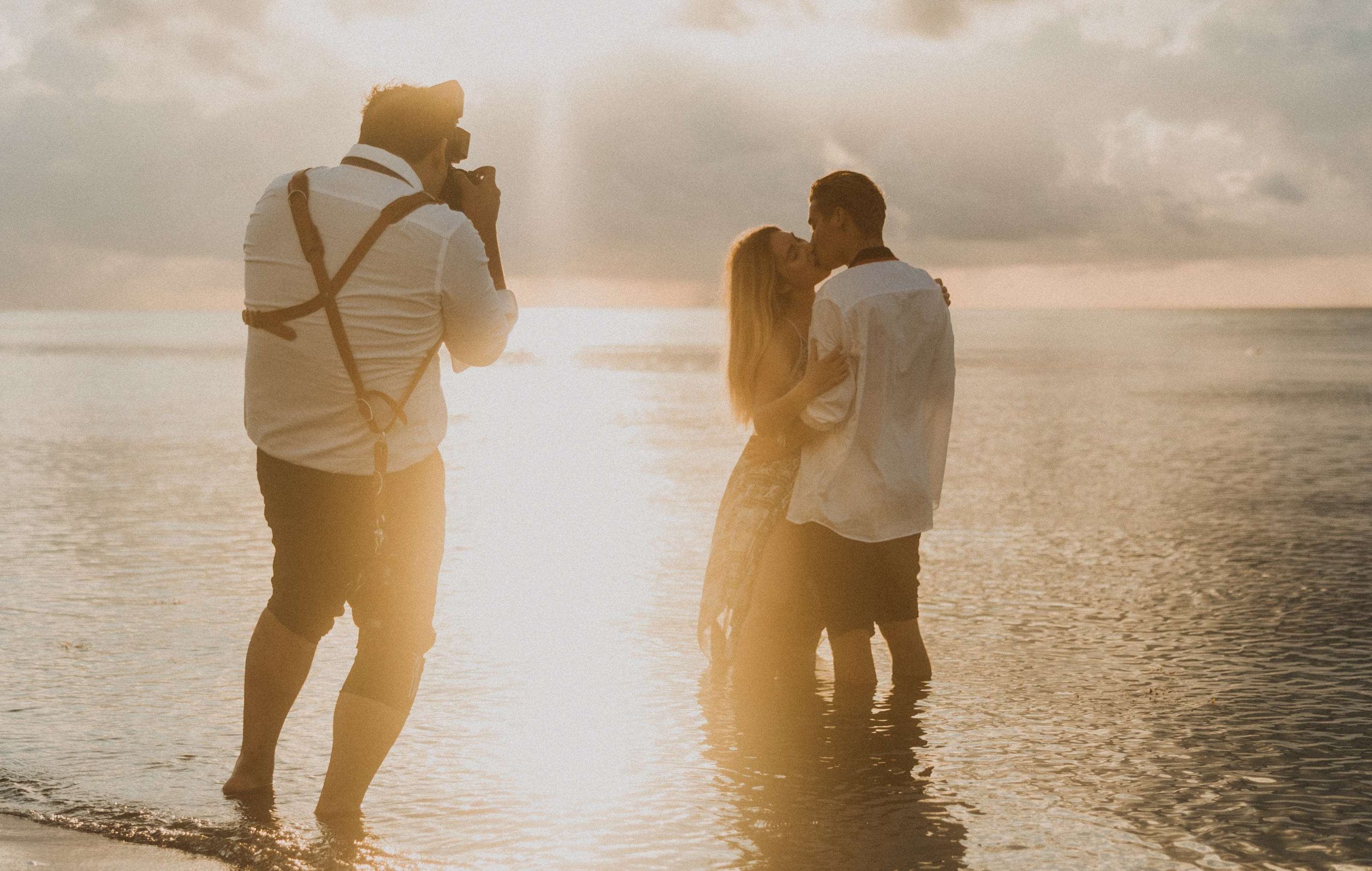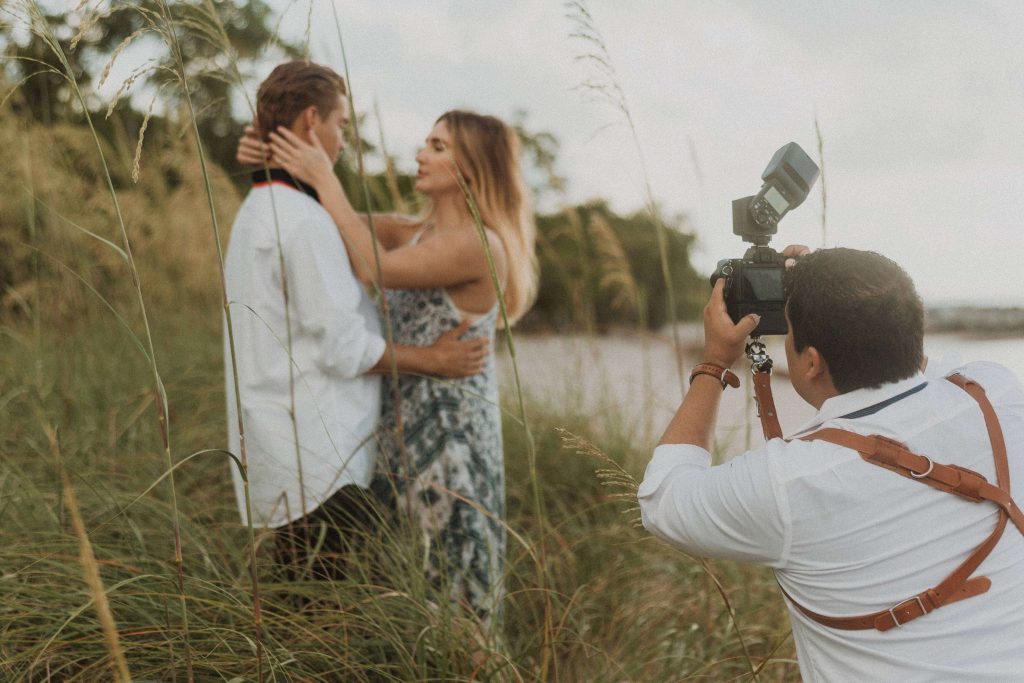
It’s a question that a lot of photographers have. So, even though I’m not a professional Wedding in Las Vegas photographer, I thought it was time to share some tips on the subject. Let the pros tell me how to take good photos at a wedding. But as someone who has been asked to take pictures at many weddings for friends and family, I have a few ideas. Let’s read about some doubts and how can you overcome them.
One of the best pieces of advice I’ve gotten about Wedding in Las Vegas photography is to have the couple think ahead of time about the shots they want you to take on the day. Then, make a list so you can mark off each shot. This is especially helpful when taking pictures of a family. Nothing is worse than getting the pictures back and realizing you forgot to take a picture of the happy couple with Grandma!
I find that the part of the day when we take family pictures can be very stressful. People are going everywhere, you don’t know how the different family relationships work, and everyone is in a “festive spirit” and has probably had a few drinks so it can get pretty crazy. Ask the couple to choose a family member (or two, one from each side) to be the “director” of the shoot. They can get everyone together, help get them in the picture, and keep things moving so the couple can get back to the party.
Before the big day, you should go to the different places you’ll be shooting. Even though I’m sure most Pros don’t do this, I find it very helpful to know where we’re going, have a few ideas for where to take pictures, and know how the light might affect things. Before one or two weddings, I’ve gone to the venue with the couple and taken a few test shots, which turned out to be great “engagement photos.”
There are so many things that could go wrong on the day, so you need to be ready. Have a backup plan (if the weather is bad), make sure your batteries are charged, your memory cards are empty, and think about how to get to places and when to get there. Get a schedule for the whole day to plan what to do next. If you can, go to the ceremony’s dress rehearsal. You’ll learn many useful things there, like where you might be able to shoot from, how the lighting will be, what the order of the ceremony will be, etc.
Show the couple what you do/how you do it. Find out what they want to accomplish, how many shots they want, what important things they want to be captured, and how they will use the shots (for prints, etc.). If you’re going to charge them for the event, make sure you agree on a price.
Beeps during the speeches, kisses, and vows don’t make the event better. Please turn off the sounds on your camera ahead of time and leave them off.
Take pictures of rings, the backs of dresses, shoes, flowers, table settings, menus, and other things. These help add more depth to the album as a whole. At a newsstand, look through a Wedding in Las Vegas magazine to get some ideas.
Get a second camera for the day by begging, borrowing, hiring, or stealing, and set it up with a different lens. I try to take pictures with one wide-angle lens and one long lens. The wide-angle lens is great for candid shots and tight spaces, especially before the ceremony when people are getting ready (it can be handy to have something as large as 200mm if you can get your hands on one; I use a 70-200mm).
The good idea is to have a second photographer. It means that people won’t have to move around during the ceremony and speeches. We also mean that one photographer can take formal pictures while the other takes pictures of people being themselves. It also takes some of the pressure off you to be “the one” who gets every shot.
You can’t get “the shot” if you’re too scared, so sometimes you have to be brave to catch a moment. But timing is everything, and you need to plan to be in the right place at key times, so you don’t mess up the event.
It’s important to be able to bounce a flash or spread it out. In many churches, the light isn’t very bright. If you’re allowed to use a flash (some churches don’t let you), think about whether bouncing the flash will work (remember that bouncing your flash off a colored surface will add a color cast to the picture) or whether you might want to buy a flash diffuser to soften the light. If you can’t use a flash, you’ll need to use a fast lens with a wide aperture or increase the ISO. Image stabilization could also be helpful. Find out more about how to use diffusers and reflectors with your flash.
Many of you don’t have time to shoot in RAW because it takes more time to process, but it can be very helpful at a wedding because RAW gives you so much more freedom to change photos after you take them. Weddings can have tricky lighting, so the photographer will need to change the exposure and white balance after the fact. This is also important because the photos are of higher quality.
One great thing about digital photography is that it can be used right away. One fun thing I’ve seen more and more photographers do lately is bring a computer to the reception, upload photos they took earlier in the day, and let them rotate as a slideshow during the evening. This makes the night even more fun.
Weddings can be hard to photograph because there are often people everywhere, even in the background of your shots. Especially for the formal pictures, go to the place where they will be taken early and look for good backgrounds. In an ideal situation, you’ll want places that aren’t cluttered and aren’t in direct sunlight, and where your great aunt isn’t likely to walk into the shot. Read more about how to choose the right background.
With digital, it’s easy to check images and get rid of the ones that don’t work right away. The problem with this is that you might be getting rid of some of the most interesting and useful images. Remember that you can crop or change images later to get more artistic or abstract shots that can add a lot to the final album.
Conclusions: weddings are about being fun and capturing all the memories. But the best thing is to find all the doubts you have and try to overcome them. Before you ruin the best day of your life- your Wedding in Las Vegas.
